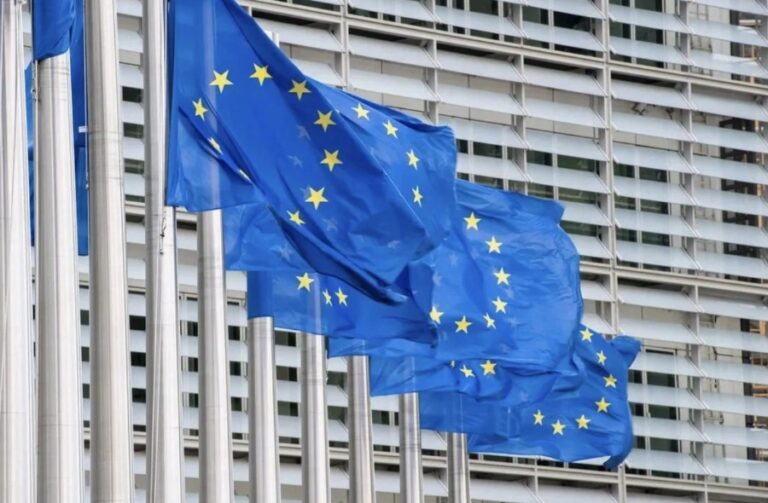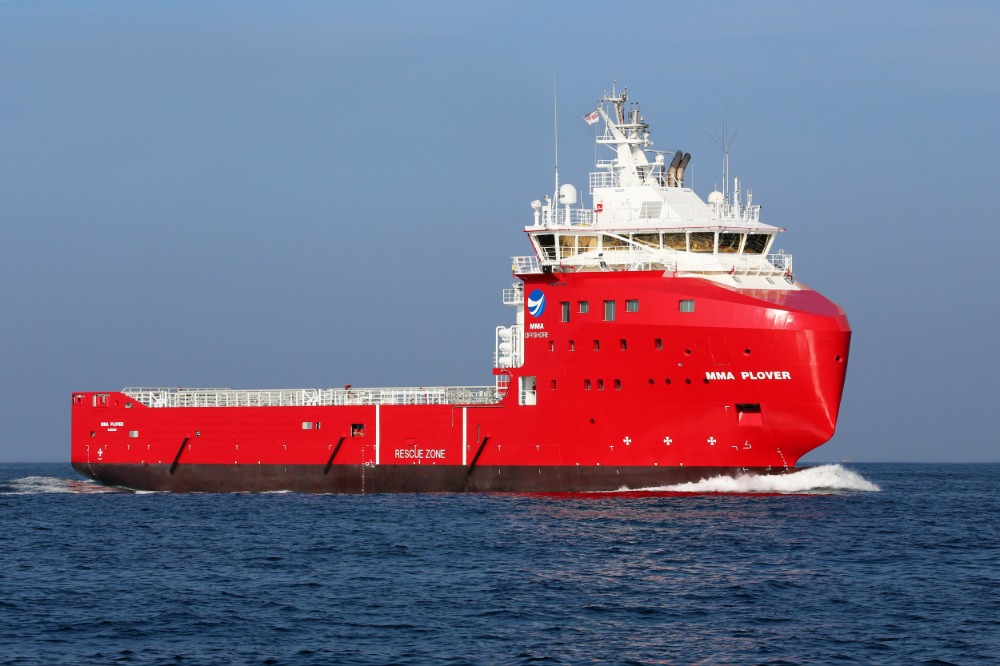Now Reading: EU targets 189 additional ships in ‘largest’ single G7 action against Russia’s shadow fleet
-
01
EU targets 189 additional ships in ‘largest’ single G7 action against Russia’s shadow fleet
EU targets 189 additional ships in ‘largest’ single G7 action against Russia’s shadow fleet

EU has set its sights on an additional 189 ships in the latest and most substantial single G7 effort against Russia’s shadow fleet. The European Council’s 17th package of sanctions includes these vessels and a Russian oil giant as part of measures to limit Russia’s access to battlefield technologies and reduce revenues from Russian energy imports. The package also expands entity listings and extends an exemption for the Sakhalin-2 project to ensure Japan’s energy security. The European Commission highlighted that this action marks the largest single G7 sanctions move targeting shadow fleet vessels. The move is part of ongoing efforts to restrict Russia’s ability to profit from oil trade evasion, making it harder for sanctioned vessels to operate. The new sanctions aim to increase pressure on Russia and reinforce support for Ukraine, with recent data showing a significant decrease in Russian oil deliveries due to the vessel listings. The package also includes new listings targeting entities supporting Russia’s military complex and circumventing sanctions, along with restrictions on individuals undermining Ukraine’s sovereignty. Additionally, an exemption from the oil price cap has been extended to allow the transport of crude oil from the Sakhalin-2 Project to Japan until June 2026. The EU’s energy sanctions and diversification efforts have led to a substantial drop in Russia’s oil and gas revenues, emphasizing the impact of the sanctions on Russia’s economy. EU officials stressed the commitment to supporting Ukraine and holding Russia accountable for its aggression, with more sanctions in the pipeline. The latest sanctions build on previous measures and demonstrate the EU’s determination to prevent Russia from bypassing sanctions.






